Breeding Yellow Cockatiel: What You Need to Know About It
Learn about yellow cockatiel mating habits, nesting requirements, and how to care for these vibrant birds during their breeding season.

Key Takeaways:
- Understanding the genetics and care requirements for breeding yellow cockatiels is crucial.
- Proper habitat setup, including the right bird cage and nest box, is essential for successful breeding.
- Recognizing the differences between male and female cockatiels can help in managing breeding pairs effectively.
Cockatiels, with their charming personalities and striking features, have become a beloved member of the pet bird community. Among the various color mutations, the yellow cockatiel, particularly the gorgeous lutino cockatiel, stands out with its bright yellow feathers and captivating presence. Breeding these beautiful pet birds can be a rewarding experience, but it requires a comprehensive understanding of their needs and genetics.
The Lutino Gene: A Dive into Genetics
The lutino cockatiel is one of the most sought-after color mutations in the aviculture world. This mutation is characterized by a white to light yellow body, with females often displaying a yellowish tint on their facial feathers covering. The lutino gene is responsible for eliminating the grey color in the normal grey cockatiel, resulting in the lutino's stunning white plumage with bright orange cheek patches.
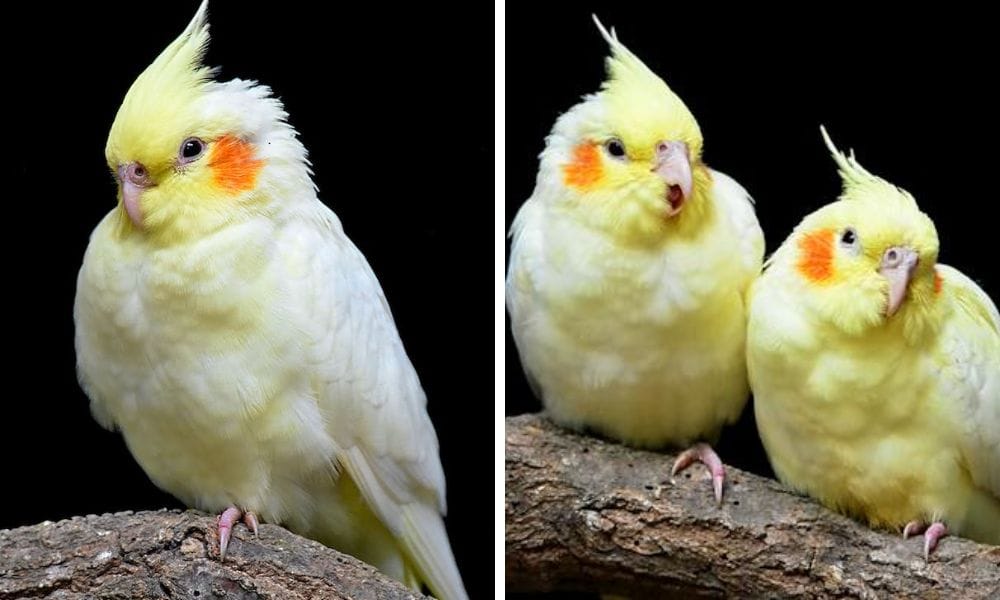
Identifying Male and Female Cockatiels
When planning to breed yellow cockatiels, it's important to distinguish between male and female cockatiels. Male lutino cockatiels typically have a brighter yellow head and more prominent white flashes in their tail feathers. In contrast, female pearl cockatiel may exhibit a more subdued hue and retain the pearl pattern, which males usually lose after their first molt.
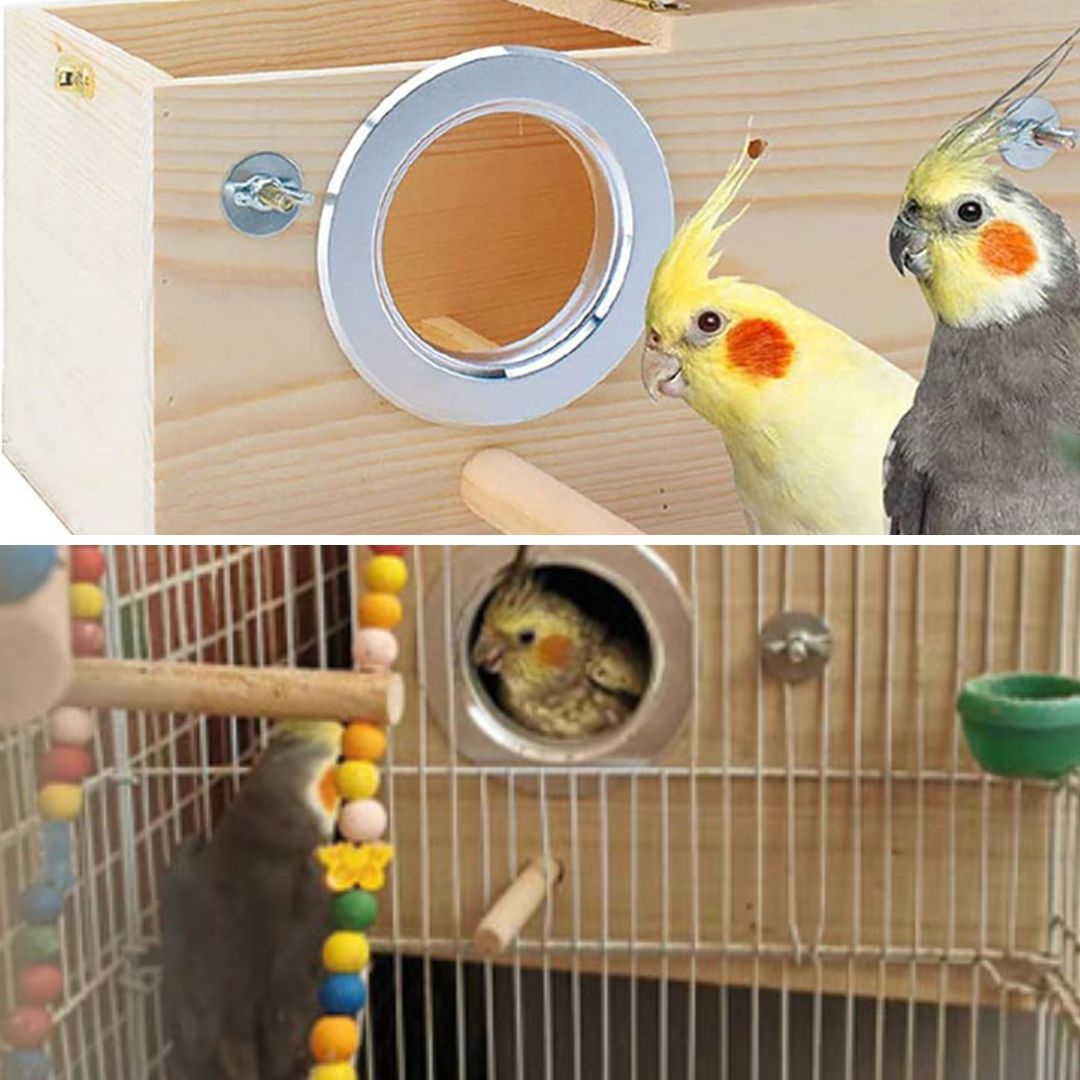
Setting Up the Perfect Habitat
Breeding yellow cockatiels begins with creating an ideal environment. The bird cage should be spacious enough to accommodate the long tails and wings of cockatiels, providing ample room for movement. Additionally, a cozy nest box is crucial for the female to lay her eggs and for the pair to raise their chicks.
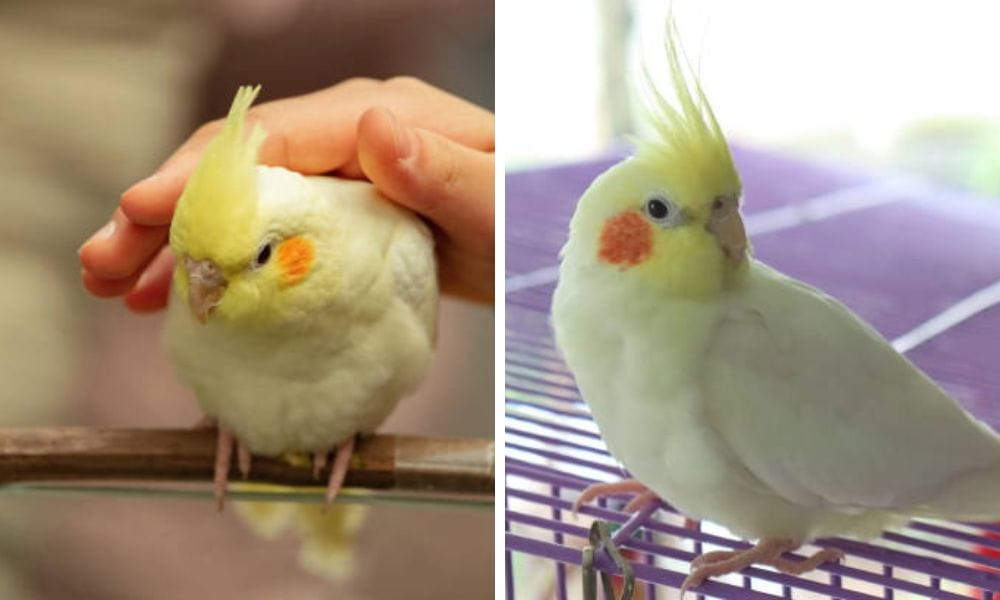
The Second Cockatiel Mutation: Cinnamon and Pearl
Beyond the lutino, other mutations like the cinnamon cockatiel and the pearl pied offer a variety of colors in breeding. The cinnamon mutation results in a warm, light grey coloration, while the pearl mutation adds a beautiful pattern to the cockatiel's plumage. Breeding these mutations with lutinos can produce offspring with a range of stunning appearances.
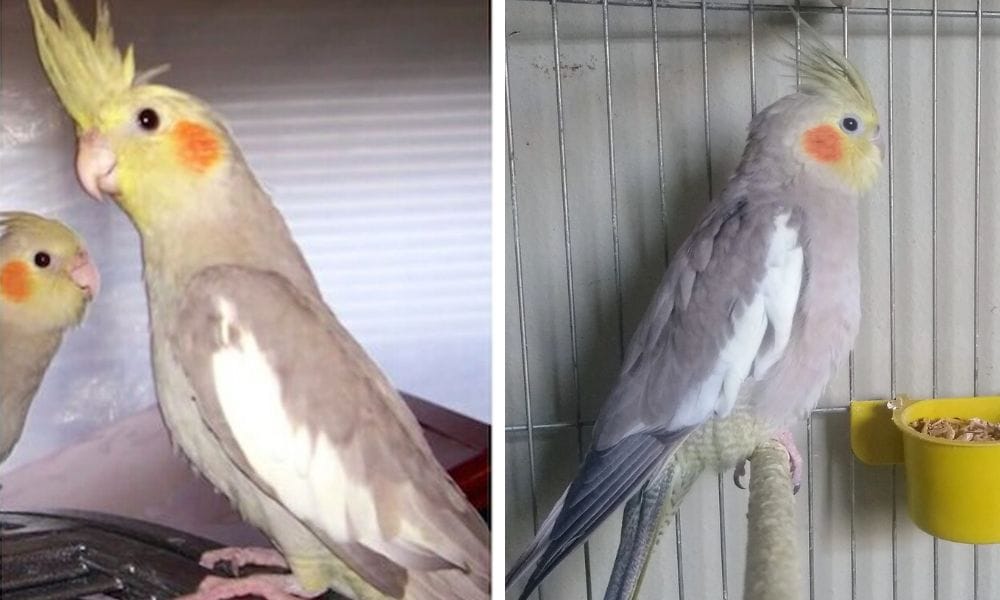
Diet and Nutrition for Breeding Cockatiels
A balanced diet is essential for the health of breeding cockatiels. A mix of seeds, pellets, fresh fruits, and vegetables will ensure that both male and female cockatiels receive the nutrients they need for successful breeding. Calcium supplements are particularly important for females to produce strong eggshells.
Understanding Cockatiel Behavior
To talk cockatiels is to understand their social and vocal behaviors. These birds are part of the cockatoo family and are known for their ability to mimic sounds and develop a bond with their owners. Observing their interactions can provide insights into their readiness to breed and the dynamics of their relationship.
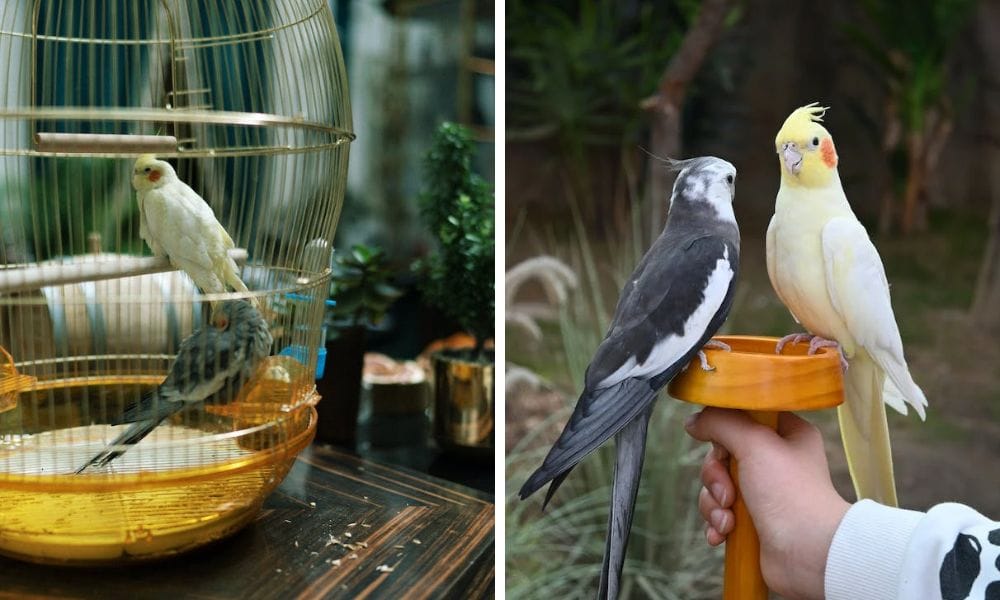
The Intricacies of Cockatiel Color Variations
When you're delving into the world of breeding cockatiels, understanding the nuances of their color variations is like unlocking a treasure chest of genetics. Take the orange cheek patch, for example, a signature mark of the male cockatiel. It's not just a pretty feature; it's a beacon of health and vitality. These vibrant patches are more pronounced in males and can be a key indicator when distinguishing between the sexes. But that's just the tip of the iceberg. The lutino pearl cockatiel, a stunning variety with a delicate pattern reminiscent of pearls strewn across its feathers, is a testament to the complexity of these birds' plumage.
Now, let's talk about the pied mutation, a fascinating genetic twist that results in a beautiful pet bird with a unique pattern of colors. This mutation causes random patches of color loss, which can affect the entire body, including the yellow crest, wing, and beak. Each pied cockatiel is a one-of-a-kind masterpiece, with no two birds sporting the same pattern. This variation is particularly popular among enthusiasts and can be seen in places like the Florida Parrot Jungle, where the diversity of the parrot family is celebrated. Cliff Barringer, a renowned figure in the animal world, once noted the pied cockatiel's striking appearance, emphasizing how it stands out even among other parrots with its distinct outer edges and coloration.
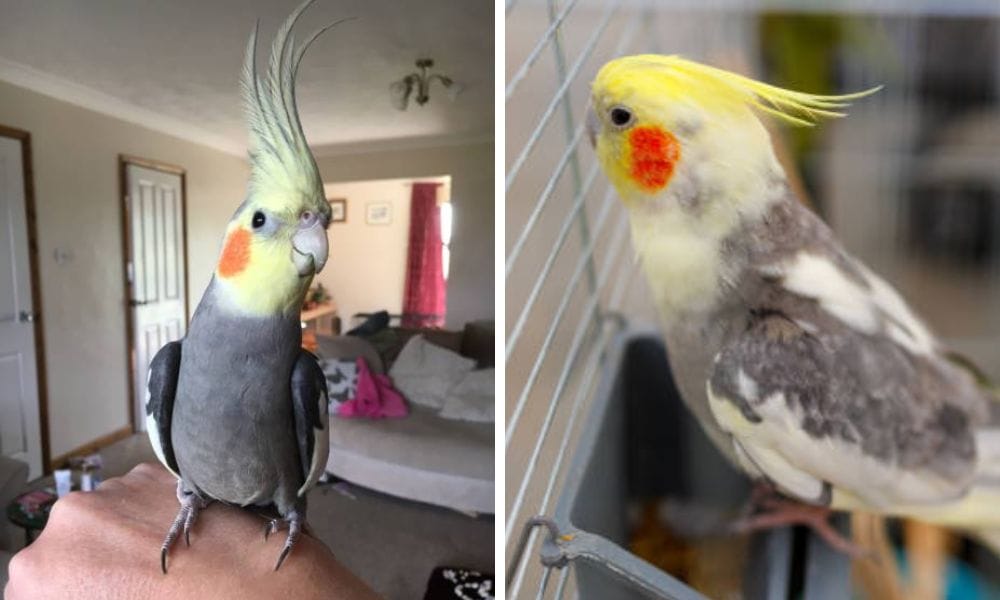
Cockatiel Mutations: Beyond the Standard Palette
While yellow cockatiels are indeed captivating, there's a whole spectrum of colors that these birds can flaunt. The albino cockatiel, devoid of any pigmentation, presents a ghostly elegance with its pure white feathers and striking red eyes. On the other hand, the blue cockatiel, a rarer sight, showcases a subtle yet mesmerizing hue that's a result of selective breeding. These mutations are not just visually appealing; they're a window into the genetic diversity of Nymphicus hollandicus, the scientific name for cockatiels.
But it's not just about the colors. The structure of a cockatiel's plumage can also vary, with some birds having feathers that curl outward at the tips, giving them a softer, more ethereal look compared to other birds. This is particularly evident in the lutino pearl variety, where the interplay of color and feather structure creates an almost angelic appearance. And let's not forget the orange cheeks, which can vary in intensity and size, adding another layer of complexity to the already intricate world of cockatiel mutations. Whether you're a seasoned breeder or a newcomer enchanted by these beautiful pet birds, the depth of variation within the species is a constant source of fascination and wonder.
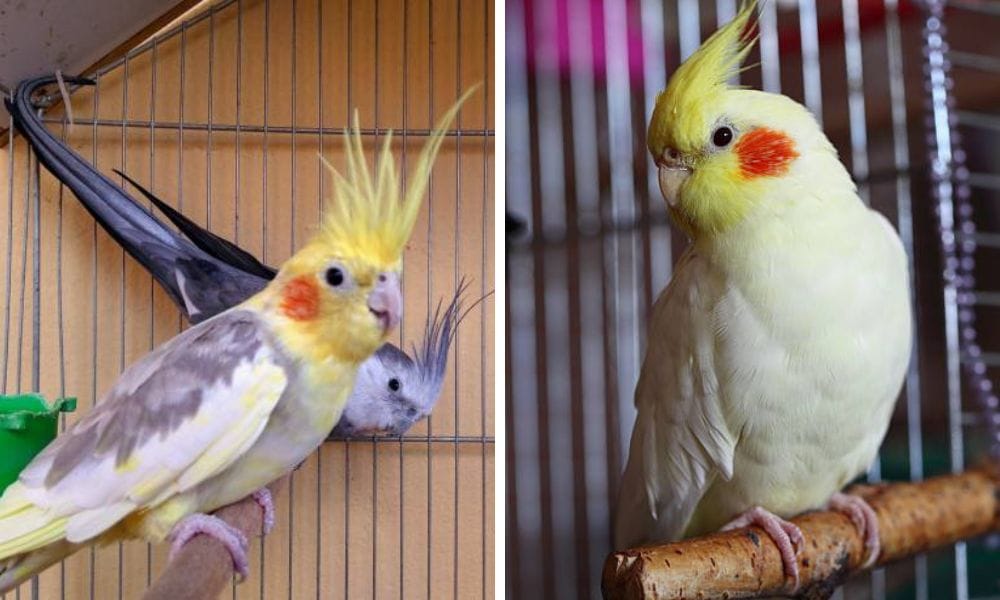
The Role of the Nest Box
The nest box is more than just a place for egg-laying; it's a secure retreat for the breeding pair. It should be placed in a quiet corner of the bird cage and lined with suitable nesting material. The entrance hole must be the right size to allow easy access for the cockatiels while offering protection from potential threats.
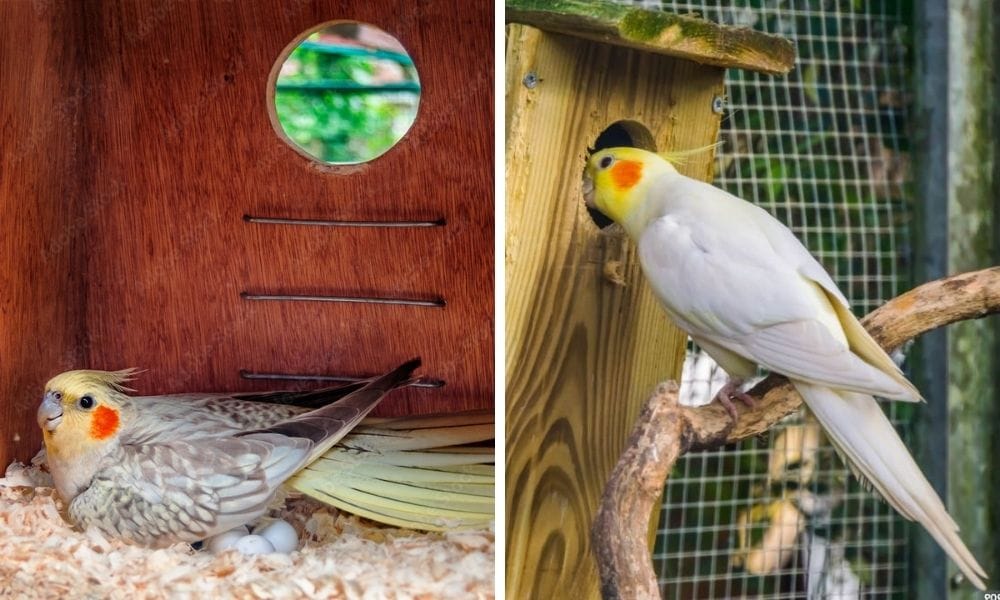
Breeding Timeline and Egg Incubation
Once the pair has mated, the female will lay her eggs, typically one every other day. Incubation lasts about 18-21 days, with both male and female cockatiels taking turns to keep the eggs warm. Monitoring the nest box during this period is important to ensure the eggs are developing properly.
Raising Yellow Cockatiel Chicks
After the chicks hatch, they will rely on their parents for warmth and food. Breeders should be prepared to hand-feed if necessary, using a specialized formula. As the chicks grow, their color mutations, such as lutino pied or yellow face, will become more apparent.
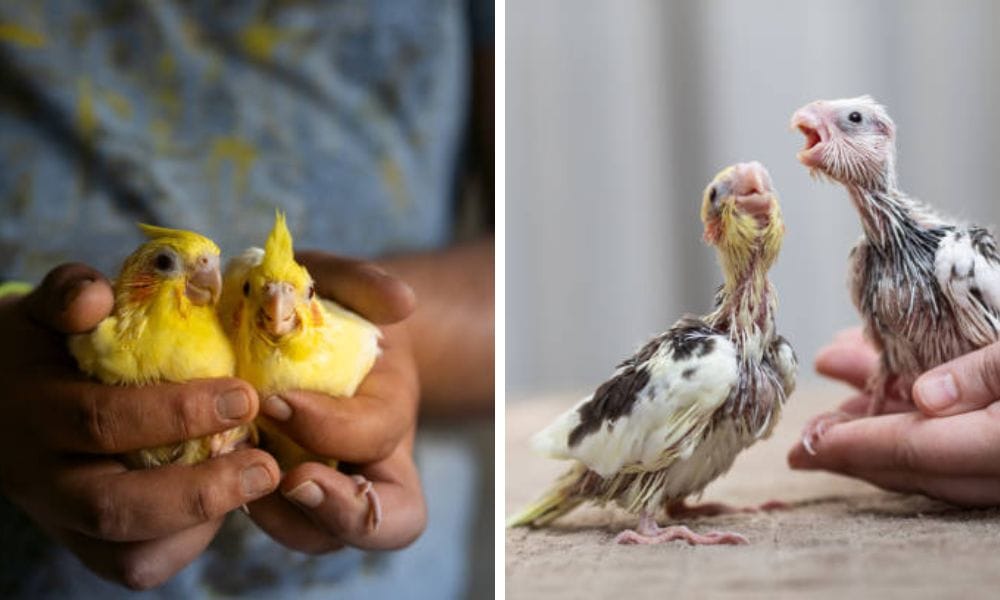
Health and Wellness Checks
Regular health checks are vital for breeding cockatiels. This includes monitoring for signs of illness, maintaining clean living conditions, and ensuring the birds are not stressed. A healthy breeding pair is more likely to produce healthy offspring.
The Importance of Record Keeping
Keeping detailed records of breeding pairs, clutches, and individual birds is an integral part of breeding. This information can help track genetic lines, identify successful pairings, and manage the overall breeding program.
Legal and Ethical Considerations
Breeders must be aware of local regulations regarding the breeding and sale of pet birds. Ethical breeding practices should always be followed, prioritizing the well-being of the cockatiels over profit.
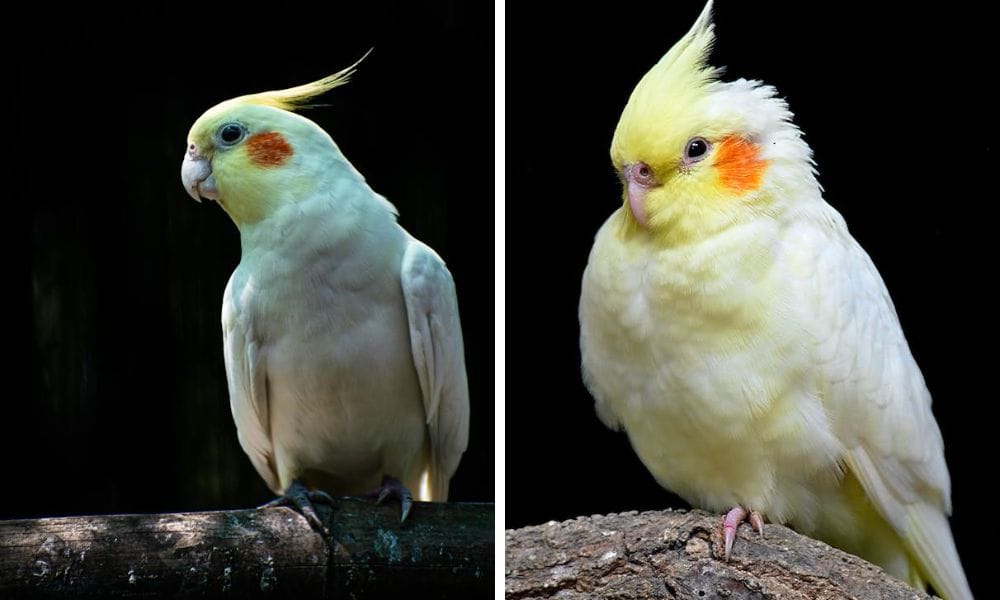
Joining Breeder Communities
Connecting with other breeders through forums, clubs, or social media can provide valuable support and knowledge sharing. These communities often have experienced breeders who can offer advice on breeding yellow cockatiels.
Summary
Breeding yellow cockatiels, such as the lutino or cinnamon cockatiel, is a fulfilling endeavor that requires a deep understanding of their care, genetics, and behavior. By providing the right environment, nutrition, and care, breeders can enjoy the beauty and companionship of these vibrant pet birds. Remember to distinguish between male and female cockatiels, set up a suitable habitat, and maintain good health practices to ensure successful breeding.
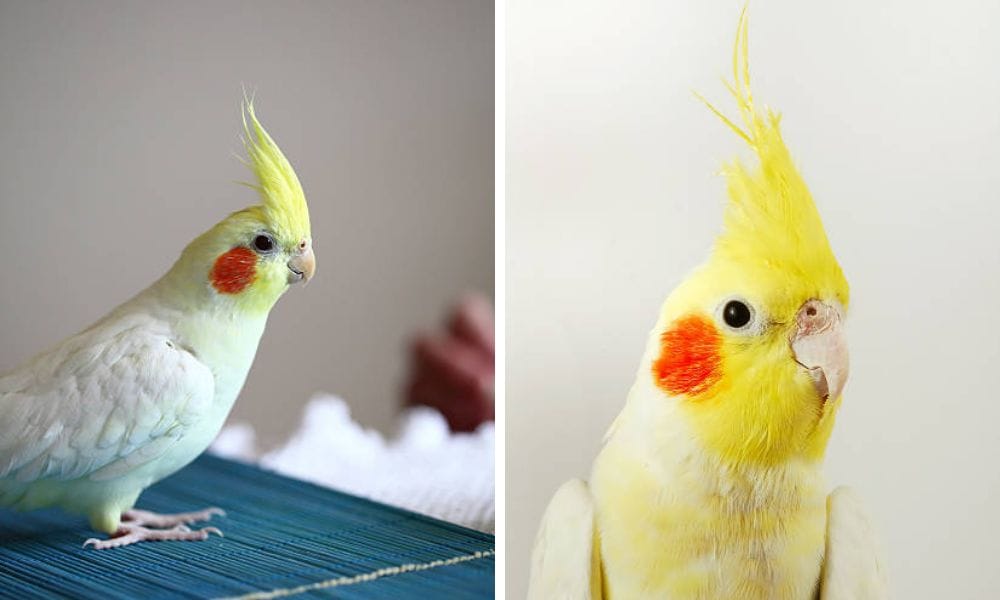
FAQ Section
Q: How can I tell if my cockatiel is a lutino? A: A lutino cockatiel will have white to light yellow plumage, red eyes, and bright orange cheek patches. They lack the primarily grey color of the wild type and may have a yellowish tint or white feathers.
Q: What should I feed my breeding cockatiels? A: Breeding cockatiels should have a varied diet consisting of seeds, pellets, fresh fruits, vegetables, and calcium supplements to ensure they are in optimal health for breeding.
Q: How long does it take for cockatiel eggs to hatch? A: Cockatiel eggs typically hatch after an incubation period of 18-21 days. Both the male and female will take turns incubating the eggs to keep them at the right temperature.

